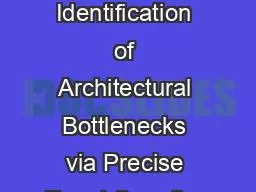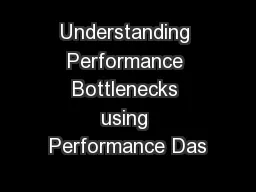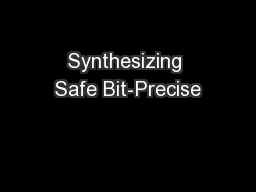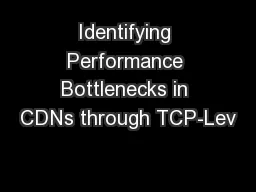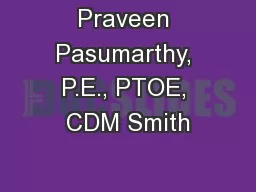PPT-Rapid Identification of Architectural Bottlenecks via Precise Event Counting
Author : rivernescafe | Published Date : 2020-08-04
John Demme Simha Sethumadhavan Columbia University jddsimha cscolumbiaedu 2002 CASTL Computer Architecture and Security Technologies Lab 2 Platforms Source
Presentation Embed Code
Download Presentation
Download Presentation The PPT/PDF document "Rapid Identification of Architectural Bo..." is the property of its rightful owner. Permission is granted to download and print the materials on this website for personal, non-commercial use only, and to display it on your personal computer provided you do not modify the materials and that you retain all copyright notices contained in the materials. By downloading content from our website, you accept the terms of this agreement.
Rapid Identification of Architectural Bottlenecks via Precise Event Counting: Transcript
Download Rules Of Document
"Rapid Identification of Architectural Bottlenecks via Precise Event Counting"The content belongs to its owner. You may download and print it for personal use, without modification, and keep all copyright notices. By downloading, you agree to these terms.
Related Documents

